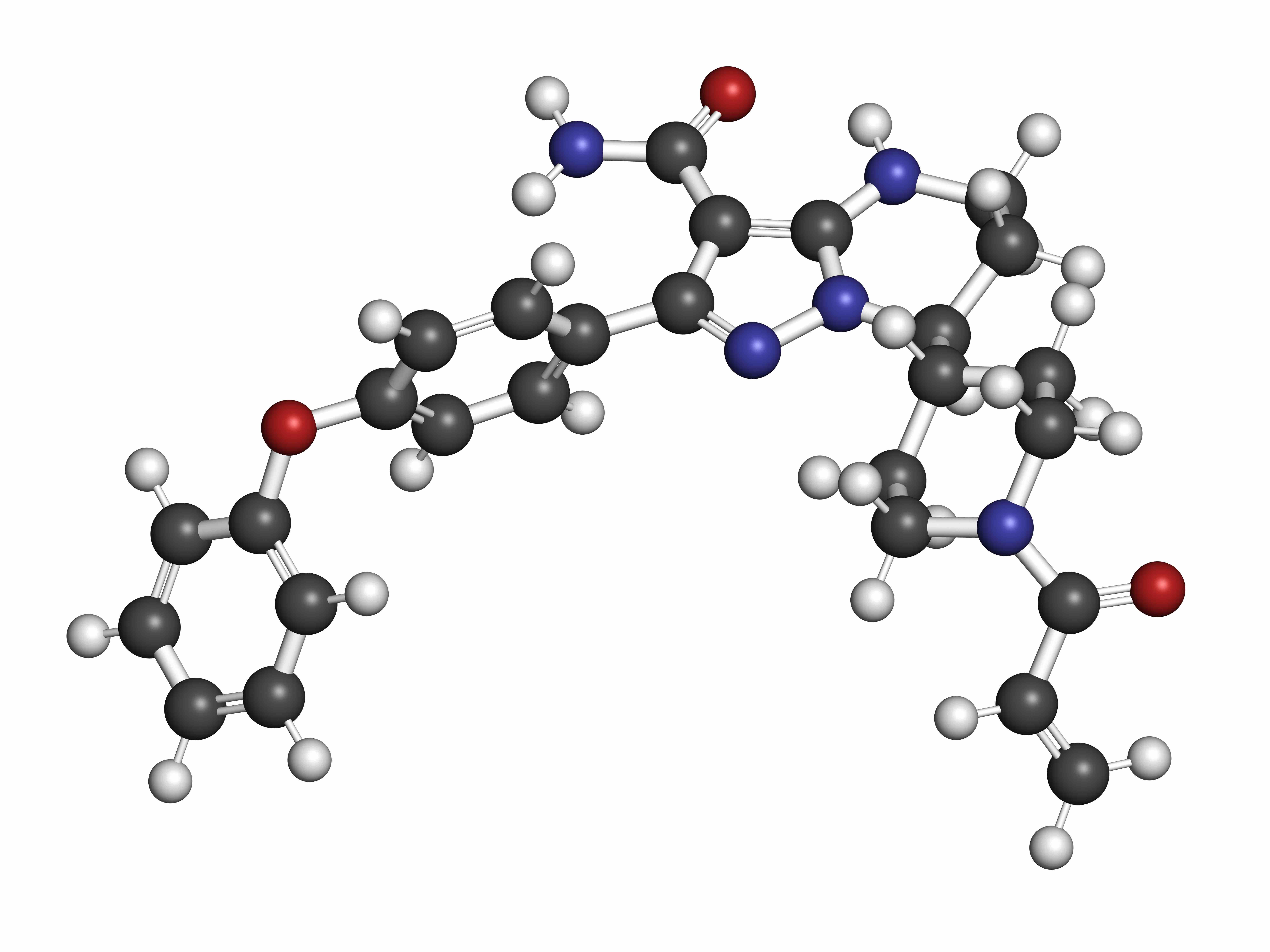Article
Ongoing Research Aims to Elucidate Underlying Drivers of HCL
Author(s):
Unlike most other cancers, the progression of hairy cell leukemia is largely driven by extended cell survival rather than increased proliferative cell fractions.
Despite significant strides made in the prognosis of hairy cell leukemia (HCL) in recent decades— thanks to purine analogues like cladribine— a clear understanding of the underlying biology of the disease has evaded researchers. However, in recent years progress has been made regarding the role of key players in HCL transformation, which researchers detailed in a recently published review.
Unlike most other cancers, the progression of HCL is largely driven by extended cell survival rather than increased proliferative cell fractions. It also lacks chromosomal aberrations, while genetic events—outside of BRAF V600E—driving these malignant cells are unclear.
“Over the last decade a great effort has been made to further elucidate the major biologic features underlying HCL,” authors wrote. “Although the activating BRAF V600E mutation could be identified as a key pathogenetic driver detectable in nearly all HCL patients, current data suggest that isolated BRAF mutations rather induce cell senescence and apoptosis than cell cycle progression and HCL transformation.”
According to the researchers, findings from a murine study suggested additional genetic alterations are involved in HCL. The research showed that when mice were injected with BRAF-mutated hematopoietic stem cells, they did not develop the full phenotypic profile of disease. As a result, several whole-exome-sequencing studies have been initiated to try and determine which gene mutations enable the full phenotypic evolution of HCL.
These studies brought attention to cell cycle inhibitor CDKN1B. Among mostly untreated patients with HCL, research showed an inactivating mutation of CDKN1B was the second most common genetic alteration.
“Besides recurrent inactivating mutations of the cell cycle inhibitor CDKN1Bb (p27) in 16% of patients postulated to help BRAF V600E-mutated malignancies escape cell senescence, other identified inactivating gene mutations suggest an even more heterogeneous pattern of genetic alterations, each being detectable only in a small subgroup of HCL patients,” the researchers wrote, noting that other recurrent mutations identified included KLF2 and KMTC2.
“As such, cooperating biologic features in a phenotypically homogeneous and genetically stable disease may rather be localized at the epigenetic level,” they said.
In the future, DNA and RNA single-cell sequencing studies of HCL cells and their microenvironment may help researchers paint a clearer picture of the genetic alterations driving HCL.
Reference: Bohn J, Salcher S, Pircher A, Untergasser G, and Wolf D. The biology of classic hairy cell leukemia. Int J Mol Sci. Published online July 21, 2021. doi:10.3390/ijms22157780




